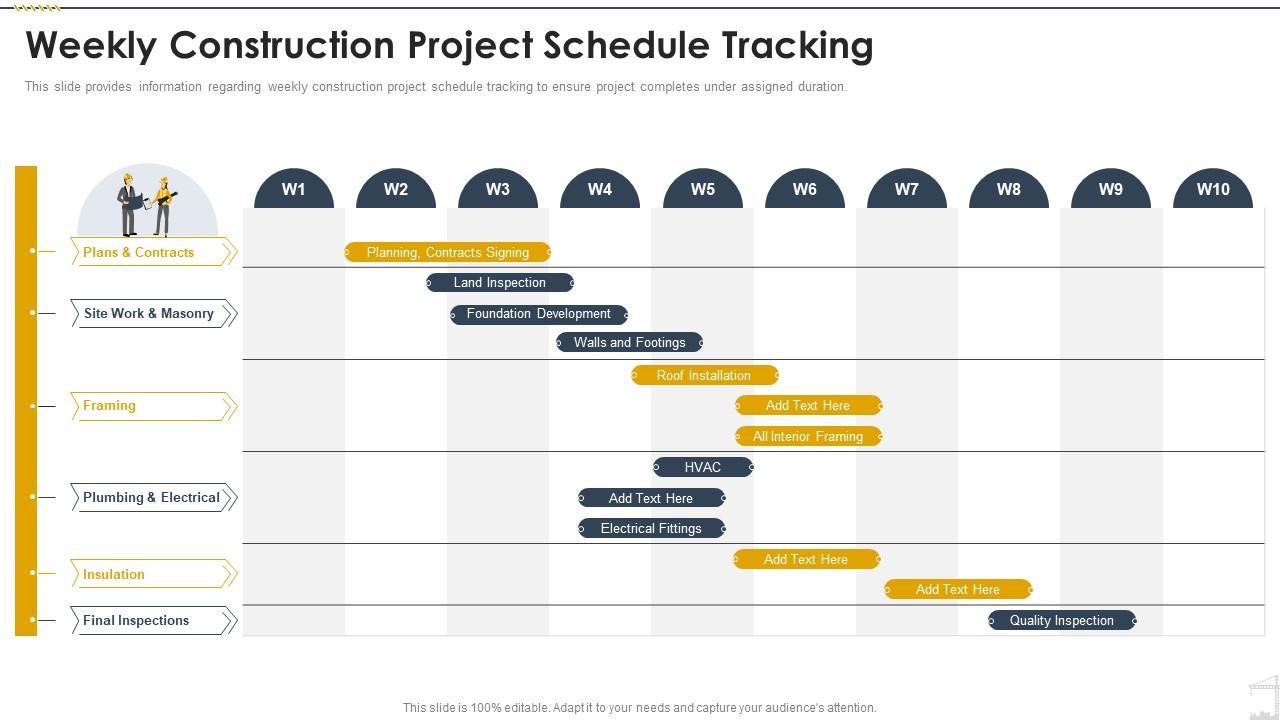
Planning and managing a construction project can be a daunting task, with numerous moving parts and tight deadlines to meet. A construction schedule template is a valuable tool that helps streamline the process, ensuring tasks are completed on time and within budget.
In this comprehensive guide, we will explore what construction schedule templates are, why they are essential for project management, how to create one, examples of different types of templates, and tips for successful implementation.
What is a Construction Schedule Template?
A construction schedule template is a pre-designed document that outlines the sequence of tasks, timelines, resources, and dependencies required to complete a construction project. It serves as a roadmap for the project, allowing project managers to allocate resources efficiently, track progress, and identify potential delays or bottlenecks.
Creating a construction schedule template from scratch can be time-consuming and prone to errors. Using a template not only saves time but also ensures consistency and accuracy in planning and execution. Whether you are managing a small renovation project or a large-scale construction endeavor, having a well-defined schedule is crucial for success.
When creating a construction schedule template, it is crucial to consider the project’s specific requirements, including the scope of work, budget constraints, and deadlines. By customizing a template to suit your project’s needs, you can effectively plan and monitor progress throughout the construction process.
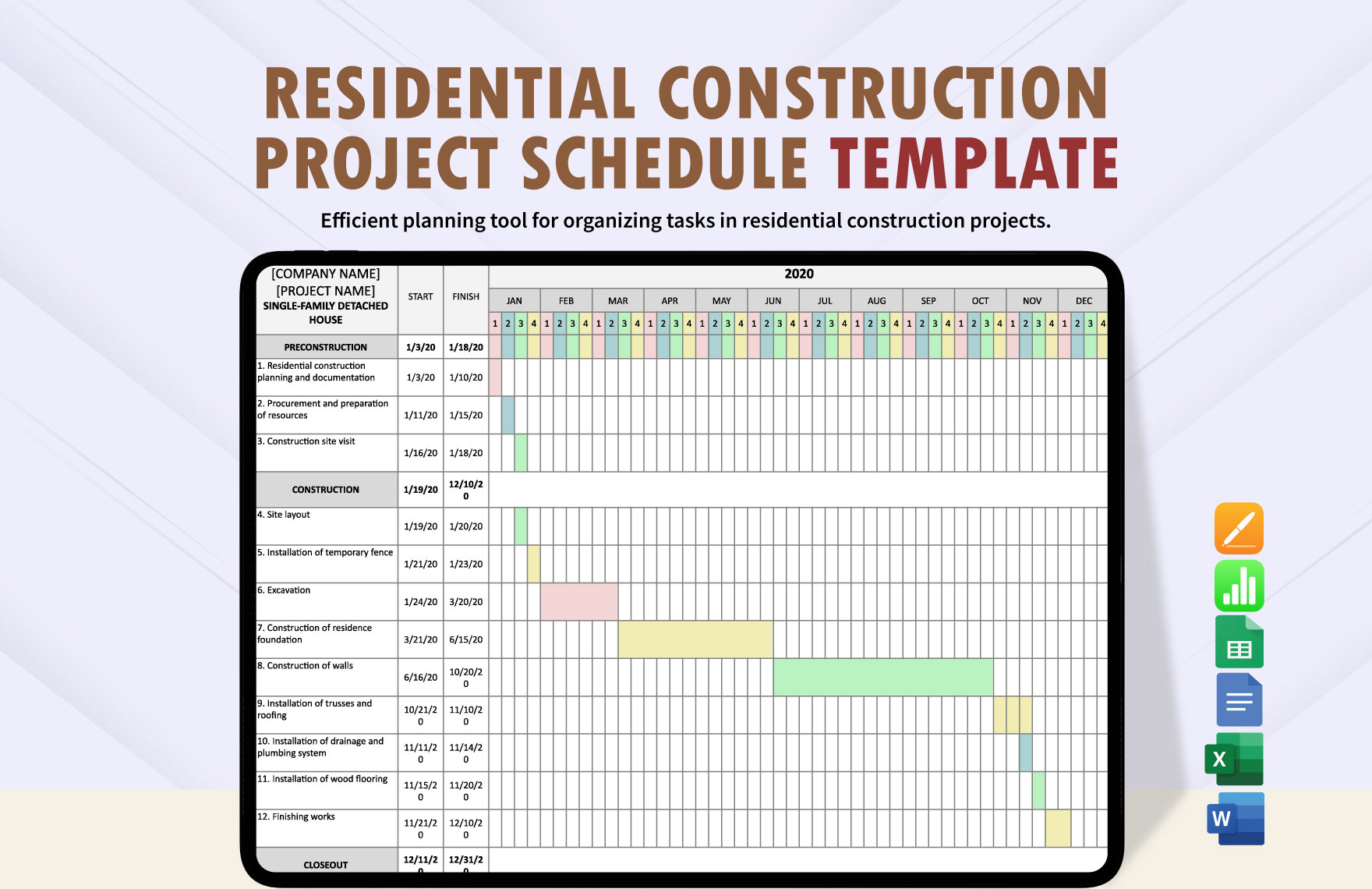
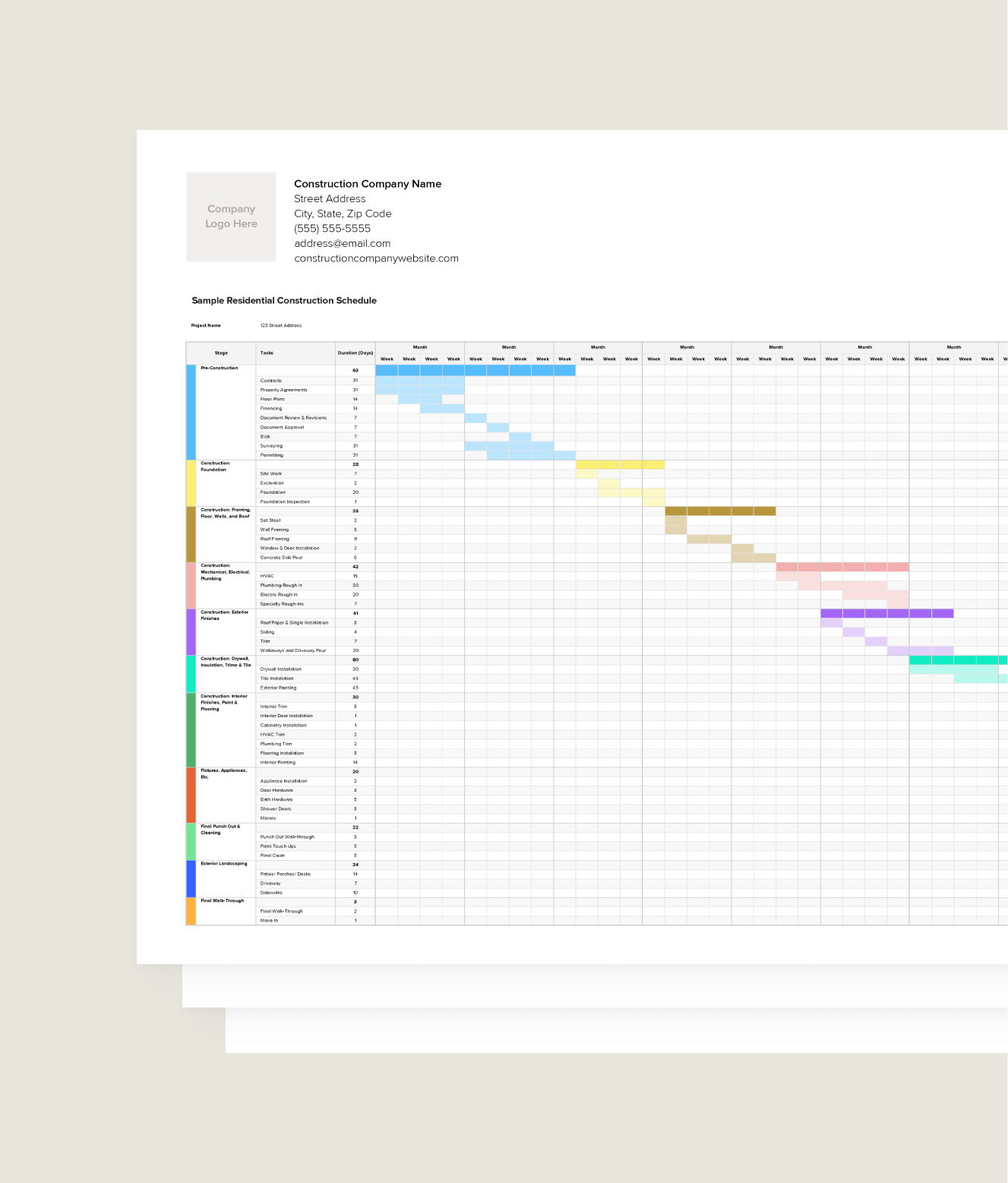
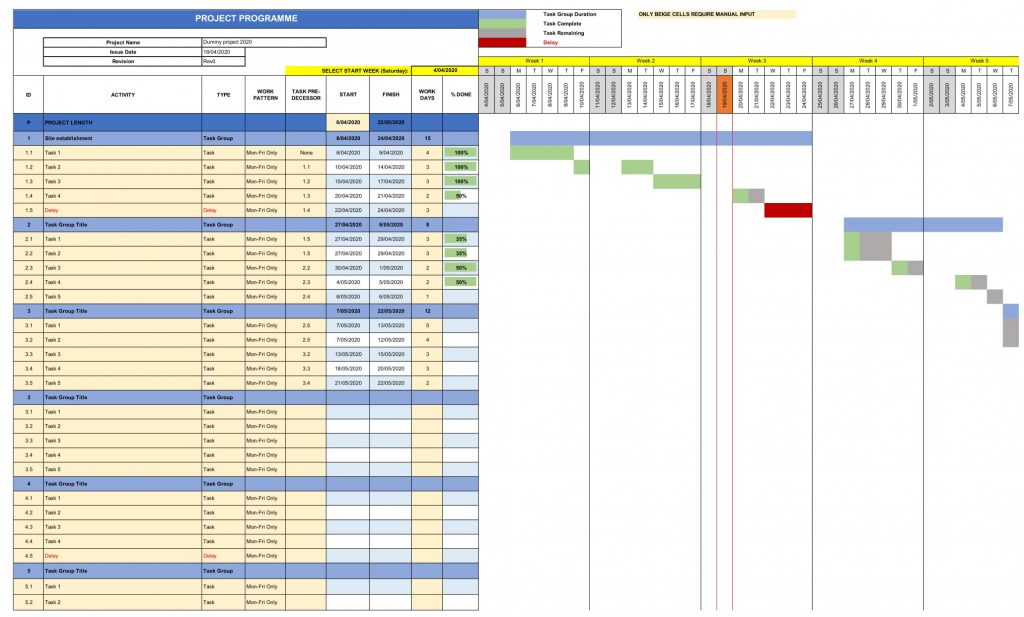
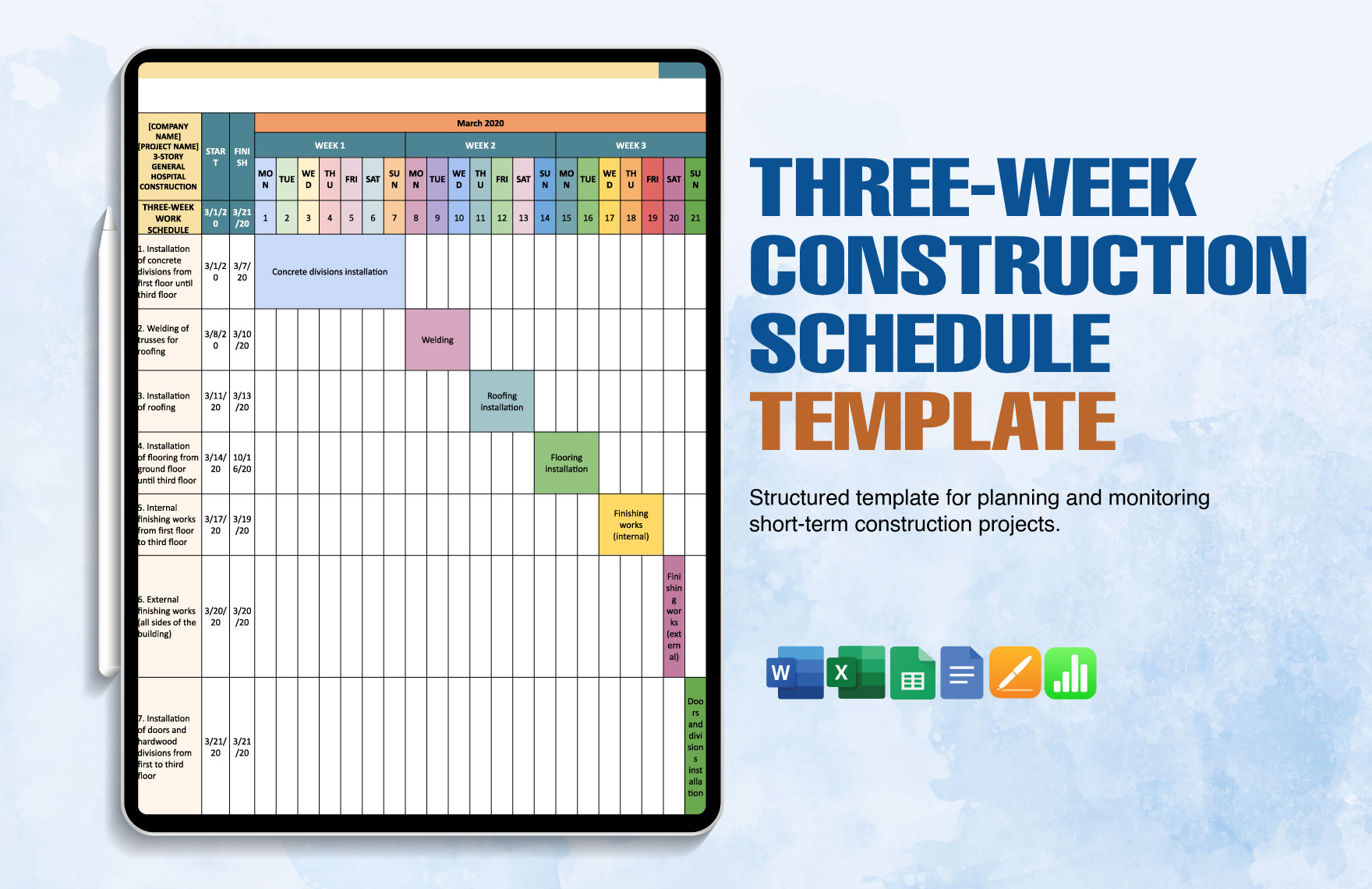
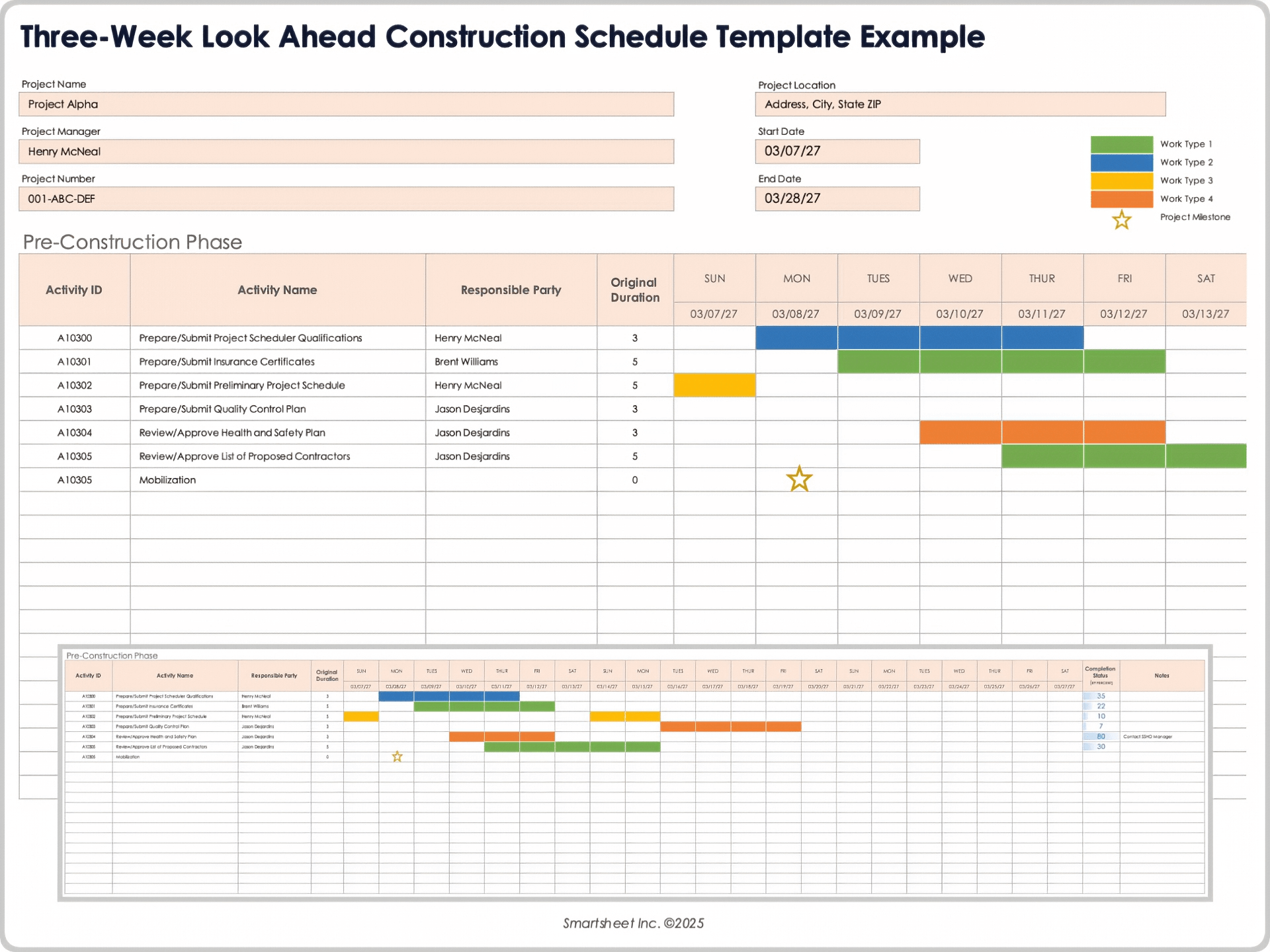
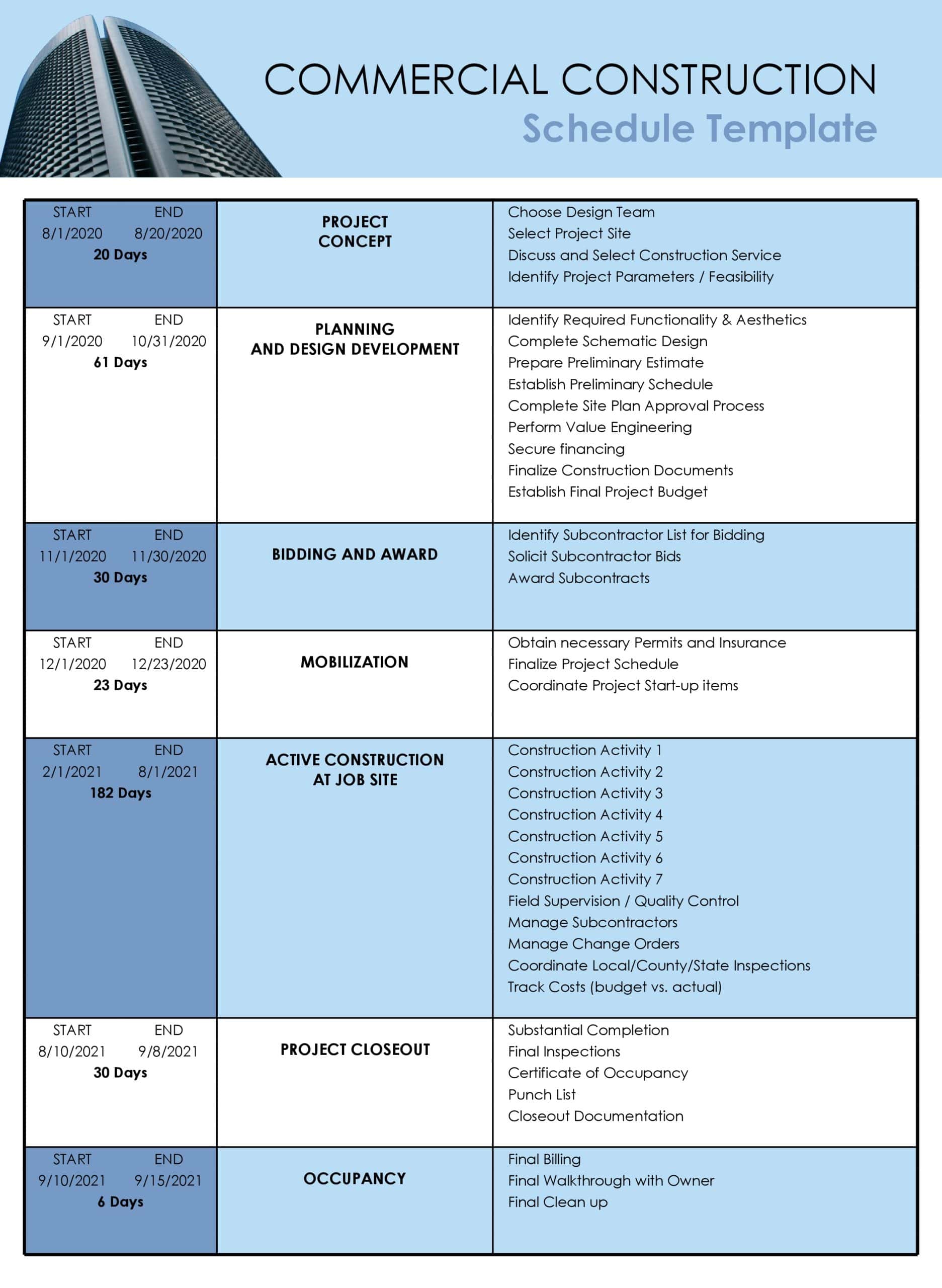
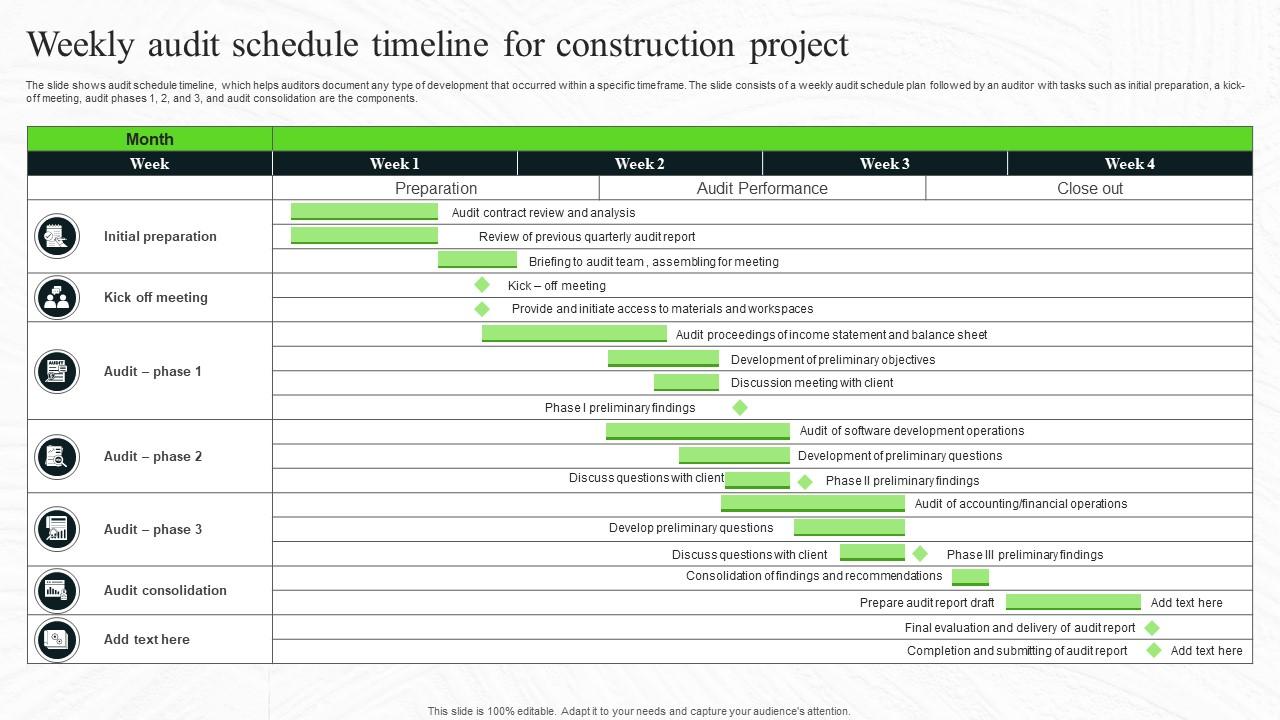
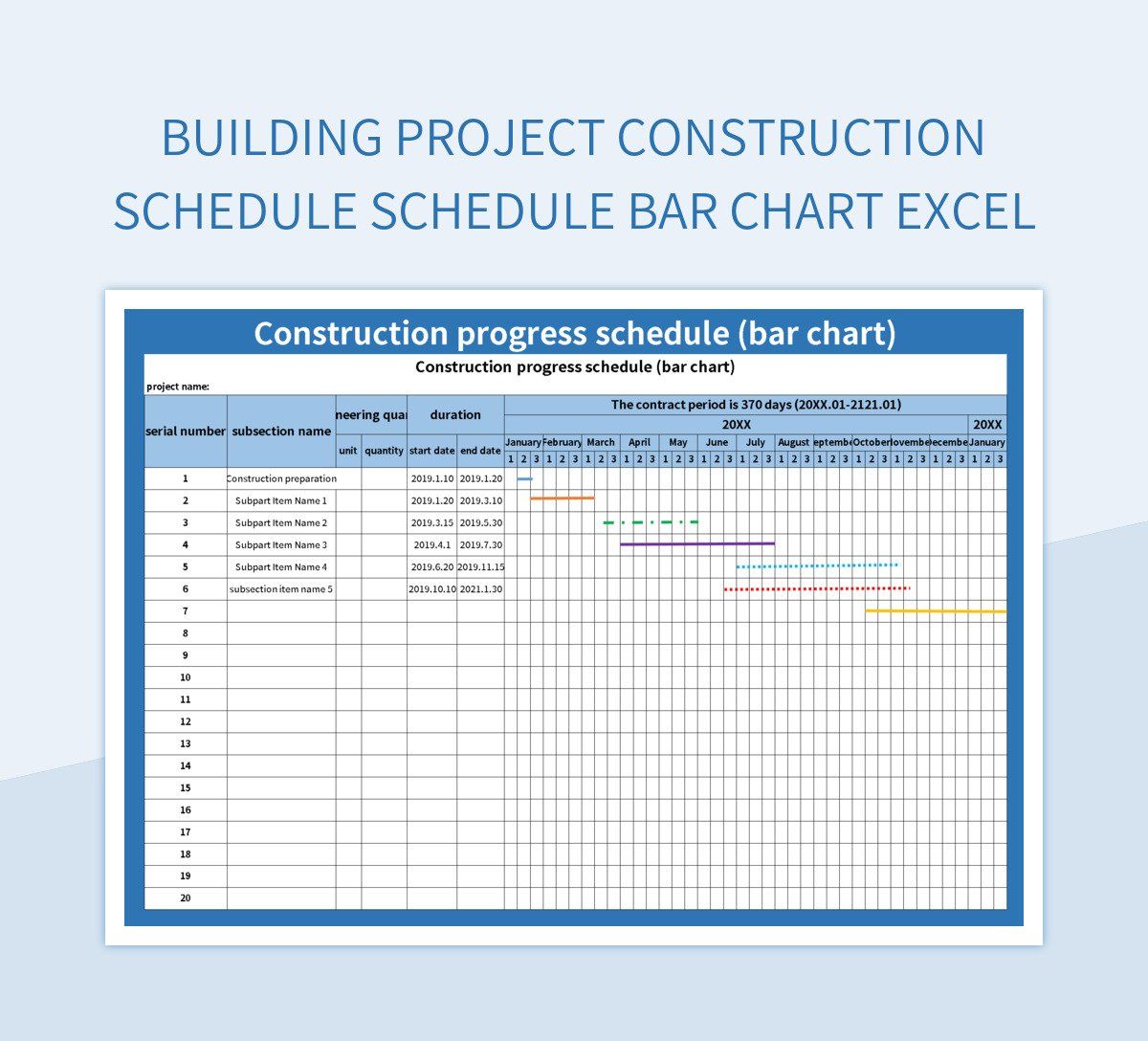
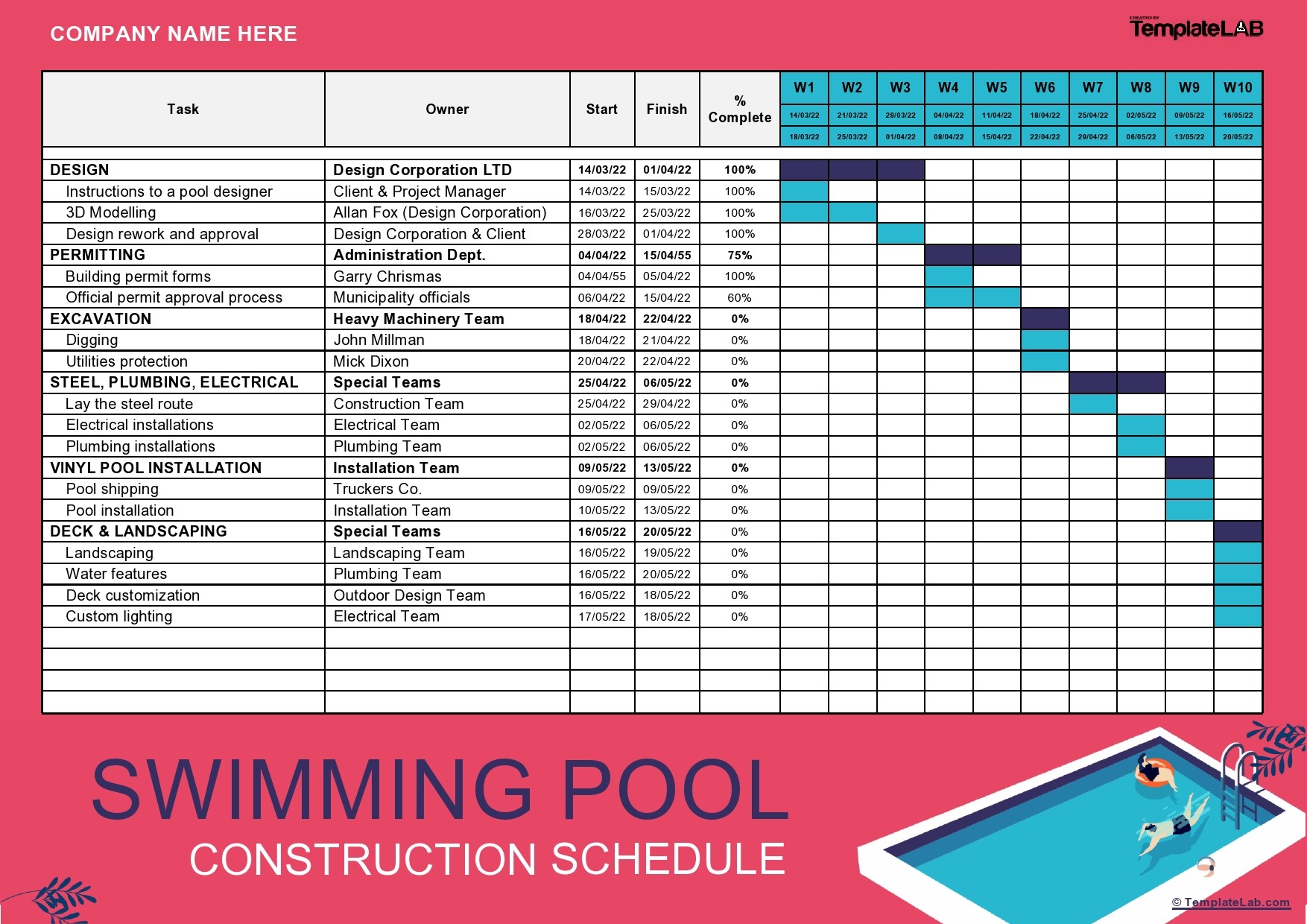
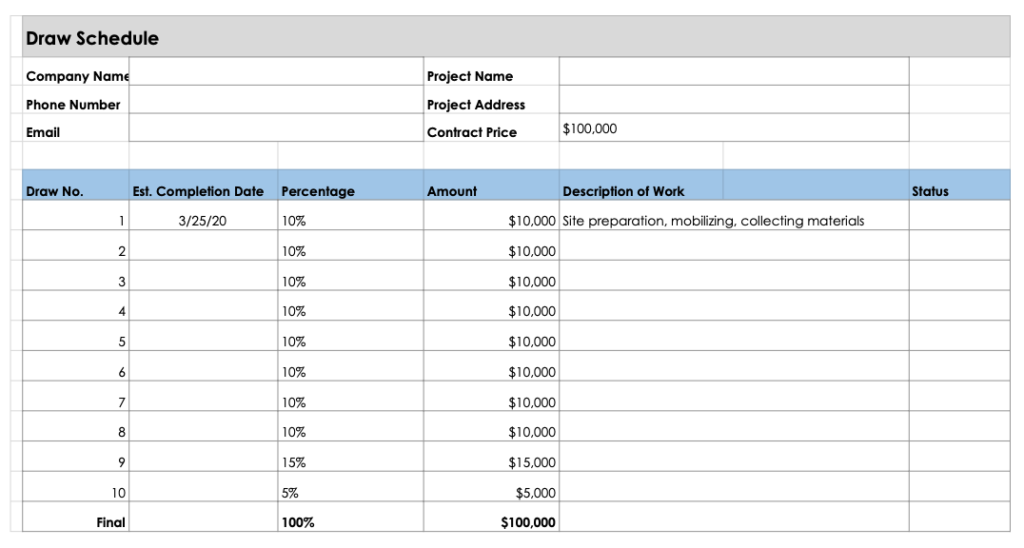
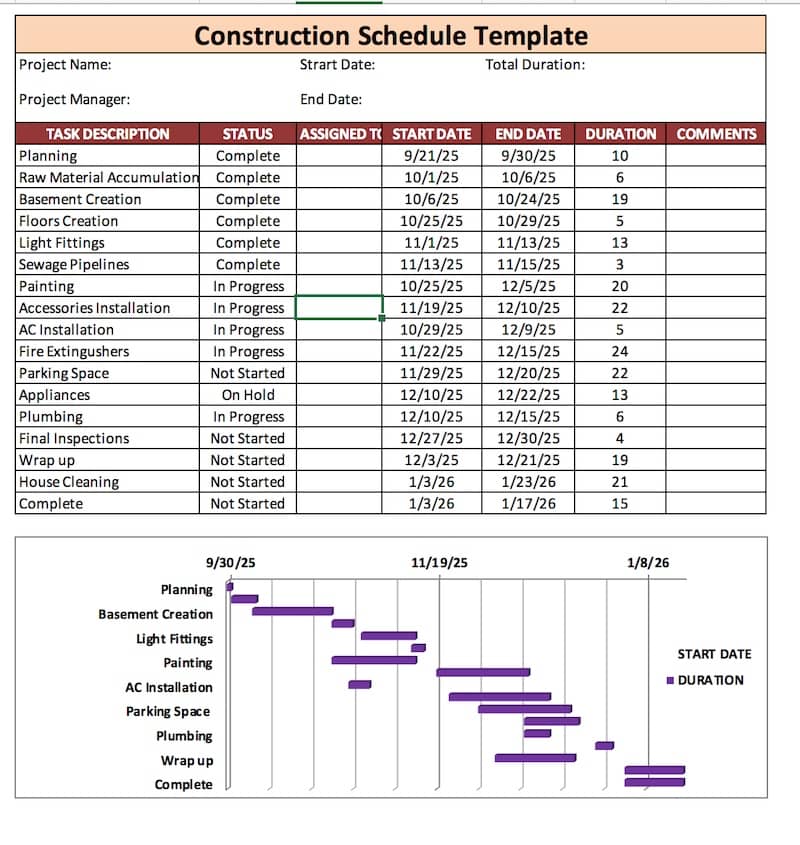
Why Use a Construction Schedule Template?
Construction projects are complex endeavors that involve multiple stakeholders, intricate timelines, and diverse tasks. Without a clear and organized schedule in place, project managers may struggle to keep track of deadlines, allocate resources efficiently, and mitigate risks. A construction schedule template provides a structured framework for planning, executing, and monitoring construction activities, ensuring that the project stays on track and within budget.
- Efficiency: A construction schedule template helps streamline the planning process, saving time and reducing errors.
- Visibility: By outlining tasks, timelines, and dependencies, the template provides a clear overview of the project’s progress.
- Resource Allocation: Having a detailed schedule enables project managers to allocate resources effectively, avoiding delays and overruns.
- Risk Management: By identifying potential bottlenecks and delays in advance, project managers can proactively address issues and minimize disruptions.
Overall, using a construction schedule template enhances project management efficiency, improves communication among team members, and increases the likelihood of project success.
How to Create a Construction Schedule Template
Creating a construction schedule template involves several key steps, starting with defining the project scope and objectives. Here are some essential tips for creating an effective template:
- Define project milestones and deliverables: Identify key milestones and deliverables that need to be completed to achieve project goals.
- Break down tasks: Divide the project into smaller tasks and assign specific timelines and dependencies to each task.
- Allocate resources: Determine the resources required for each task, including labor, materials, and equipment.
- Establish timelines: Set realistic timelines for each task, taking into account dependencies and constraints.
- Monitor progress: Regularly update the schedule to track progress, identify delays, and make adjustments as needed.
By following these steps and customizing the template to suit your project’s unique requirements, you can create a comprehensive and effective construction schedule template that will guide you through every phase of the project.
Construction Schedule Template – Download